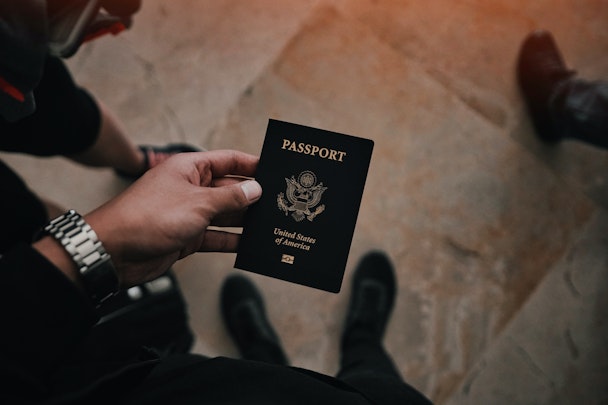Can the travel industry overcome the challenges it faces?
With travel back on the radar and customers regaining confidence, Chris Nicholls of Search Laboratory looks at the industry's biggest challenges.

Leveraging identifiable information will be key to mapping travellers' customer journeys across devices / Levi Ventura via Unsplash
The absence of travel during the pandemic shifted its purpose and meaning for many people. In a recent podcast, Sarah Fowler of Riviera Travel outlined three core groups that many people fall into post-pandemic, varying from those desperate to travel to the most hesitant.
Group one feels that they’ve missed out and are desperate to get back to traveling. They’re happy to accept that travel is not as it was, and willing to embrace it. Group two isn't quite ready to travel but willing to book. They’re concerned about the ‘what-ifs’: ‘what if I test positive when I’m away?’ The third group wants to travel but is more cautious and not yet ready to book. They’ve started planning but have concerns and want assurance.
Considering these audiences in your marketing strategy is critical to building customer trust and assurance. There is a delicate balance between providing reassurance with flexible cancellation policies, while not focusing too heavily on the negatives.
From a budgeting perspective, this poses the challenge of extending the consideration phase where paying for traffic today may drive a future sale, but not necessarily today or tomorrow.
Despite the significant portion of younger audiences with a keen appetite to travel, it’s estimated that over 60% of the age 60+ generation are still worried. Most of this demographic are willing to travel but still hold reservations.
Advertisement
Using data to inform your strategy
There’s a significant challenge in the industry to attribute success correctly throughout the funnel. It’s not uncommon for businesses with longer, considered purchases to be running blind when it comes to using research to inform strategic decisions.
Given the lack of travel in recent years, businesses are unable to compare data year-on-year, making it difficult to predict future behaviors. Moving closer to your audience and qualifying leads that come through allows you to uncover the value in data and identify trends. For example, one person might have a 2% higher chance of converting compared to another.
It’s then possible to allow these insights to help you navigate an investment strategy, prioritizing the most valuable channels and targeting the right people for your business. The eventual aim is to maximize audiences with the highest customer lifetime value.
Advertisement
Gating content behind identifiable information
The travel industry has an opportunity to gate content behind identifiable information. It’s not unreasonable to ask for an email address to receive information about a holiday, and that’s where it becomes possible to build solutions based on first-party data.
Each stage gated behind identifiable information allows us to join sessions together across multiple devices in order to centralize data.
You’re still going to encounter gaps in the data where you’re unable to join up user journeys. That’s where data modeling comes in. Rather than attributing a sale solely to a single visit, it’s about evolving your strategy and measuring the attributed impact of all touchpoints to maximize future marketing efforts.
Suggested newsletters for you
Joining online and offline leads
Given the nature of travel’s typically long, considered purchases, a significant portion of the user journey takes place offline. Customers often want to speak to someone and have their questions answered before making a booking.
Riviera, for example, uses call-tracking software to establish a connection between online and offline. This generates a dynamic number regardless of which channel they arrived from, to begin tracking that user. When the user returns within the same cookie window or identifies themselves via gated content, you can join their journey, providing valuable insights.
Building the connection between online and offline data is an ongoing process that will naturally develop and mature over time; you won’t see results overnight. By creating a data roadmap to tick off these actions in a logical order, you will get that little bit closer to your audience each time, ultimately allowing you to value individual touchpoints, streamline your strategy, and deliver better experiences.
Content by The Drum Network member:

Search Laboratory
Search Laboratory is an award-winning, integrated digital marketing agency with offices in Leeds, London, and Austin TX.
A proud member of Havas Media Network,...

